No description yet: Can you help?
University of Port Elisabeth (today: Nelson Mandela Metropolitan University)


No description yet: Can you help?
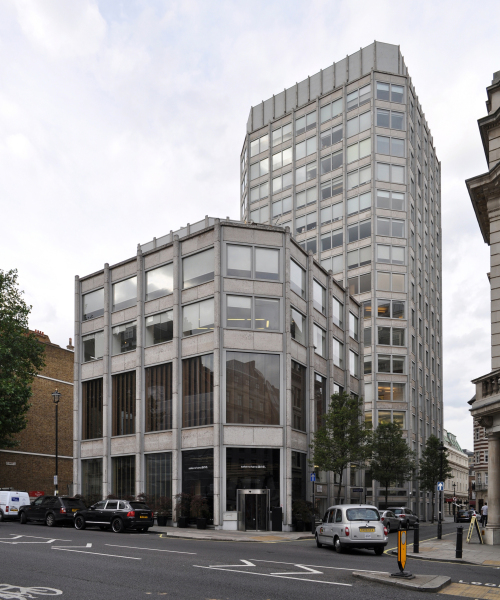
The Economist Cluster was designed for a private client and is thus more of an exception in the Smithsons’ oeuvre. Three buildings house the editorial staff of the Economist, a bank (now a restaurant), and an apartment block. The angled edges and rest…

No description yet: Can you help?
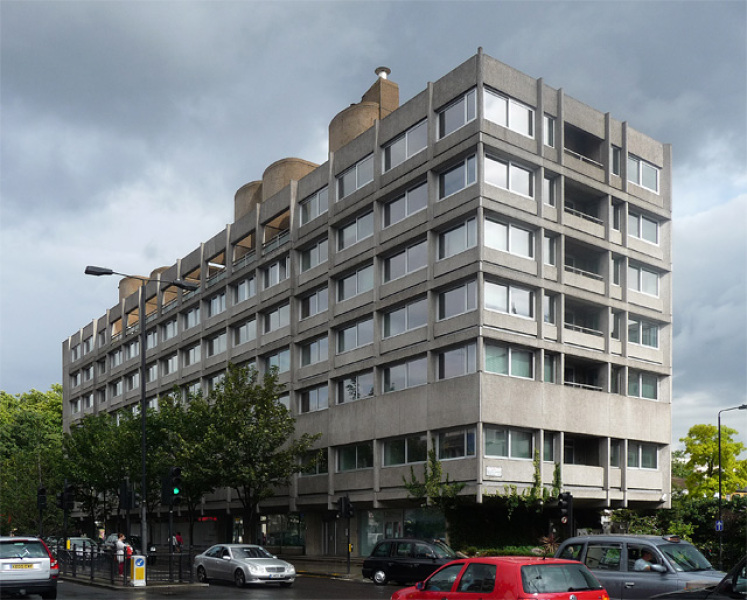
No description yet: Can you help?
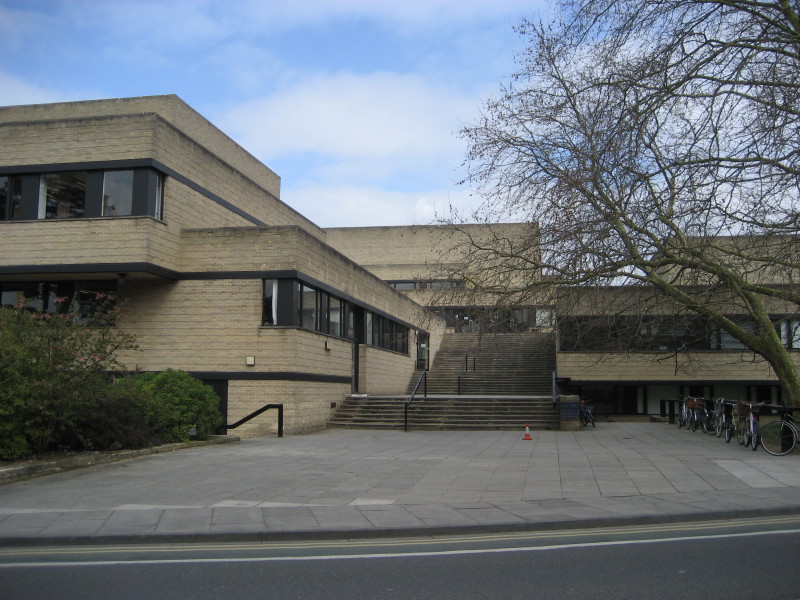
No description yet: Can you help?
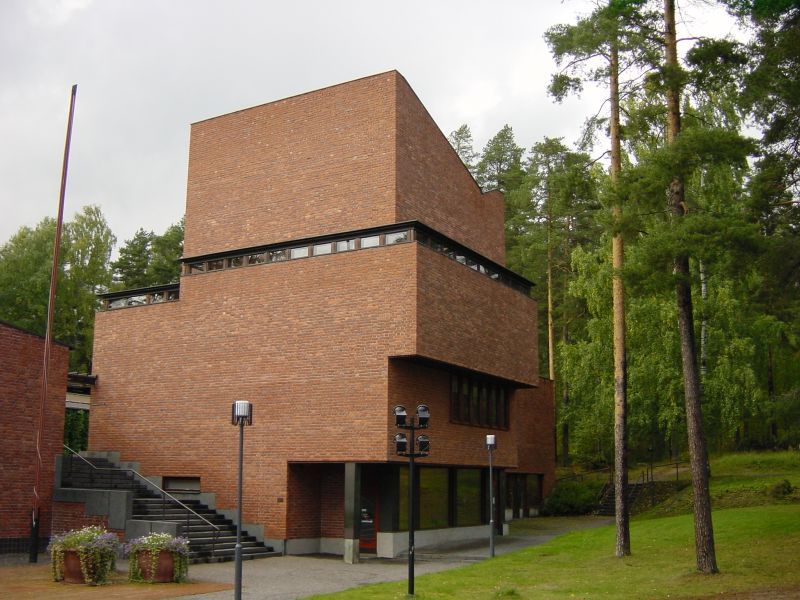
Aalto is another architectural heavyweight whose sculptural architecture and puristic use of materials has inspired countless successors. The town hall for this newly founded settlement is at once monumental and humble. The bricks are exposed on both th…

No description yet: Can you help?

No description yet: Can you help?
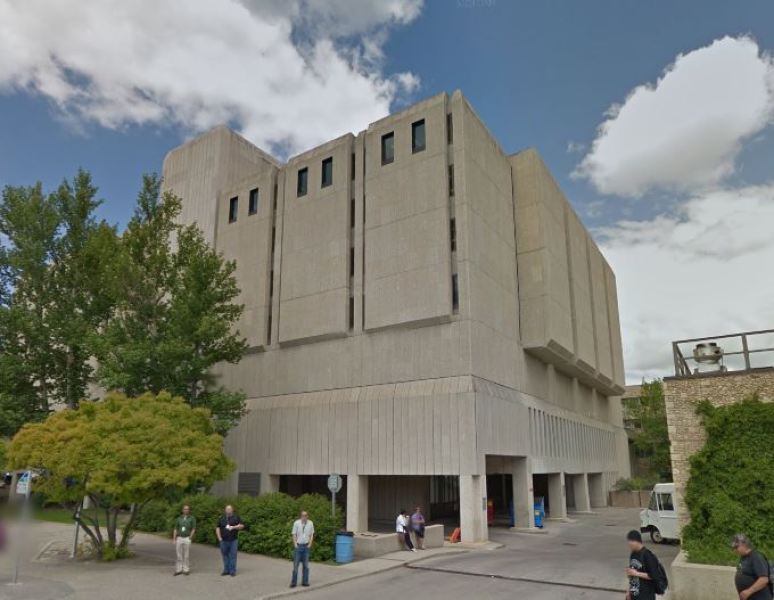
No description yet: Can you help?
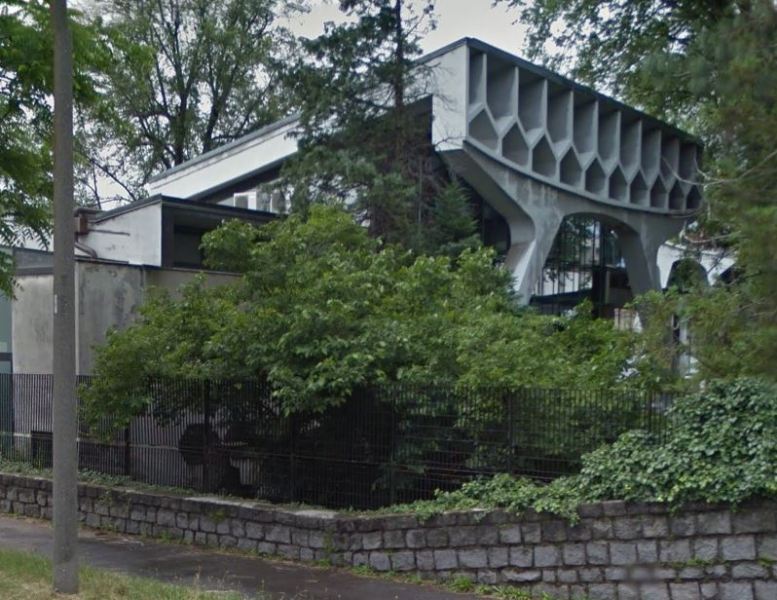
No description yet: Can you help?

No description yet: Can you help?
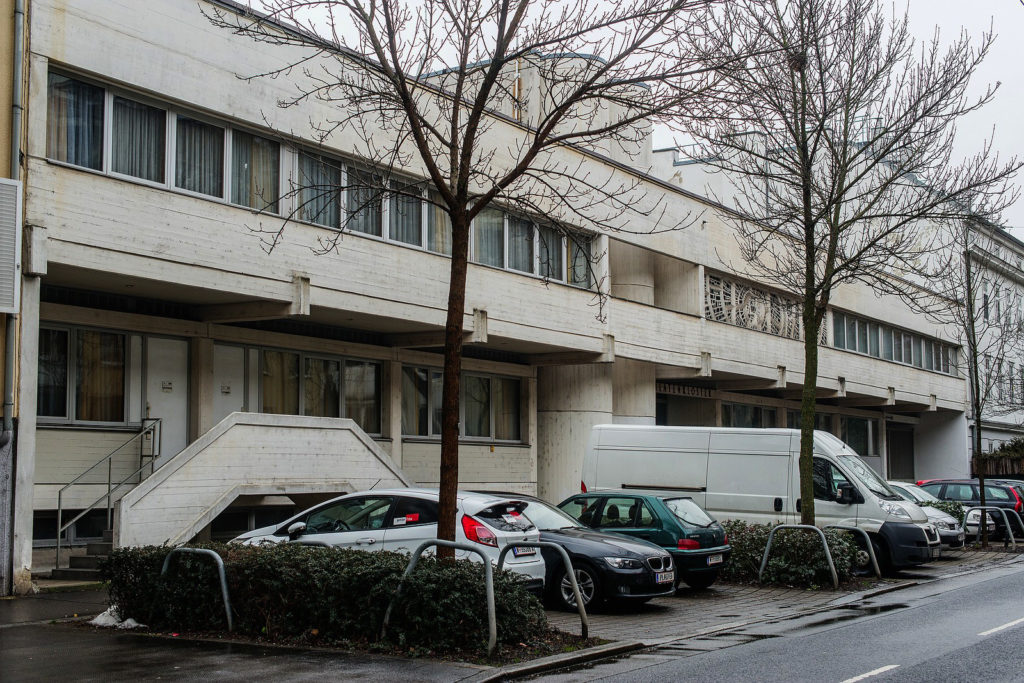
No description yet: Can you help?
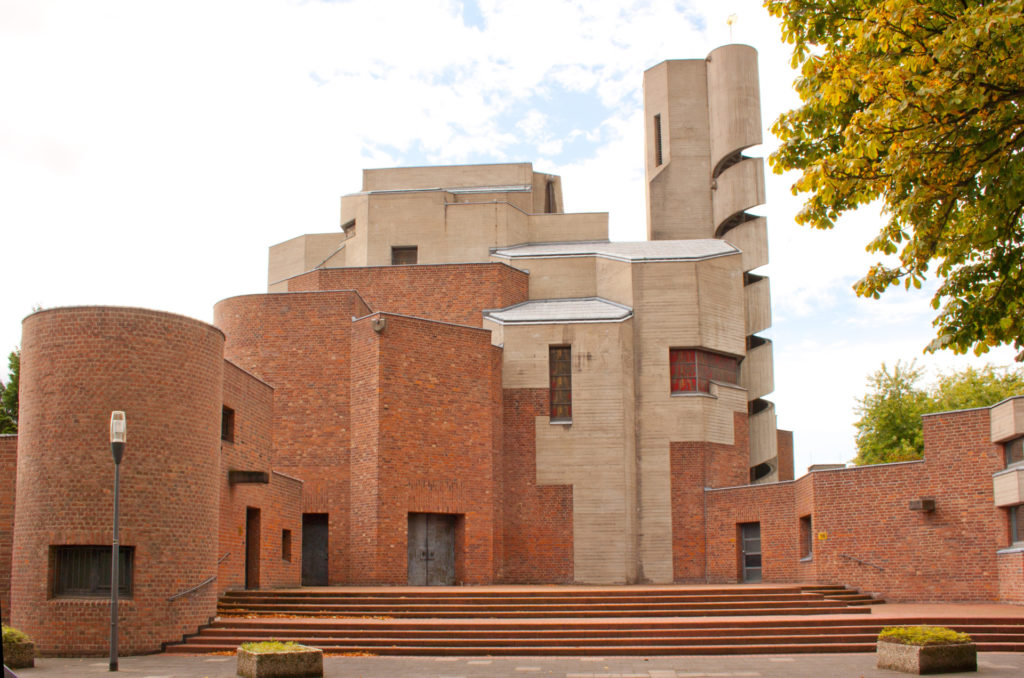
This hall church has an irregular polygonal plan with pyramiding building structures made of brick and concrete. Several building sections grow gradually in the air and end off in sloping roof surfaces. Inside, there is a cave-like atmosphere. The inter…

No description yet: Can you help?
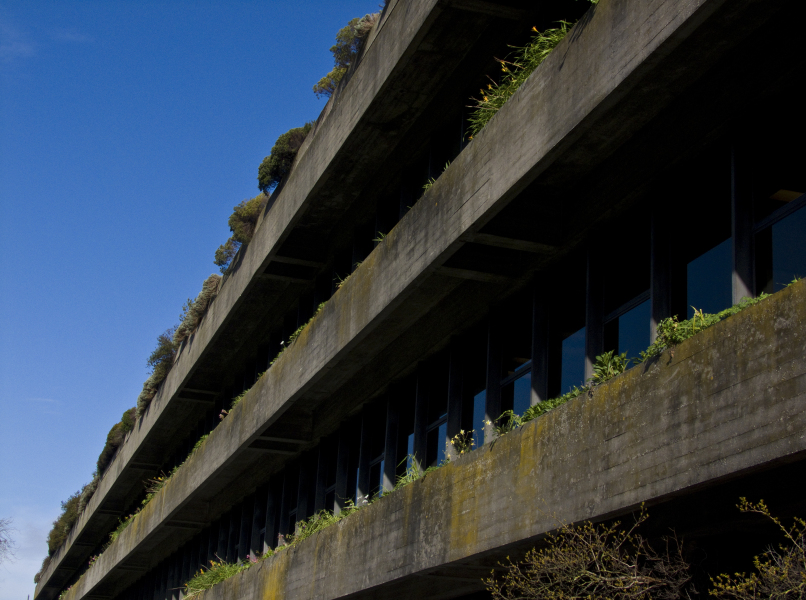
No description yet: Can you help?
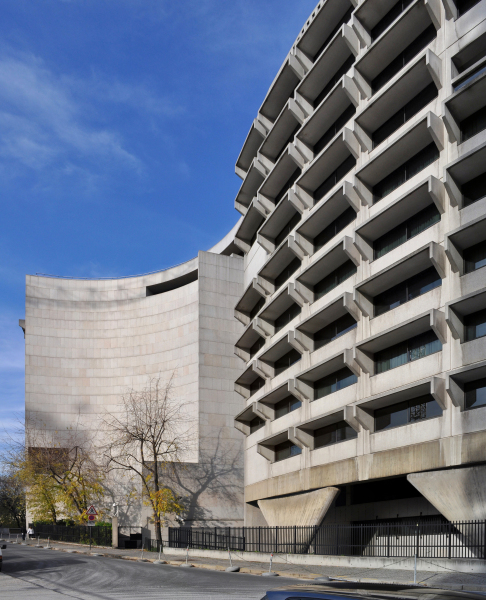
No description yet: Can you help?
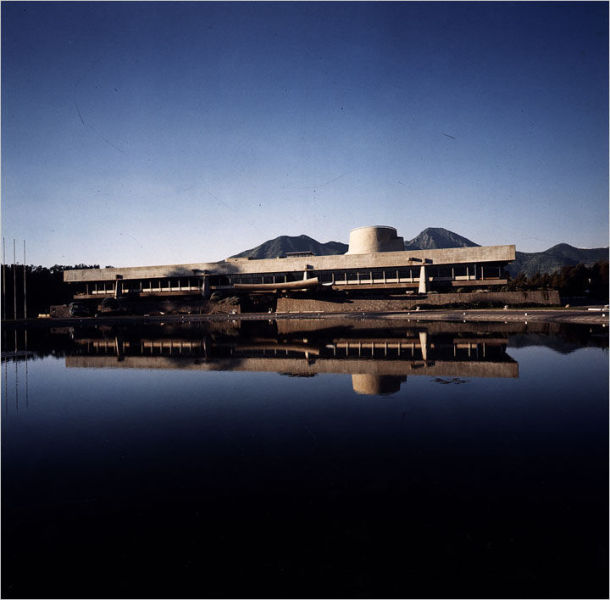
No description yet: Can you help?
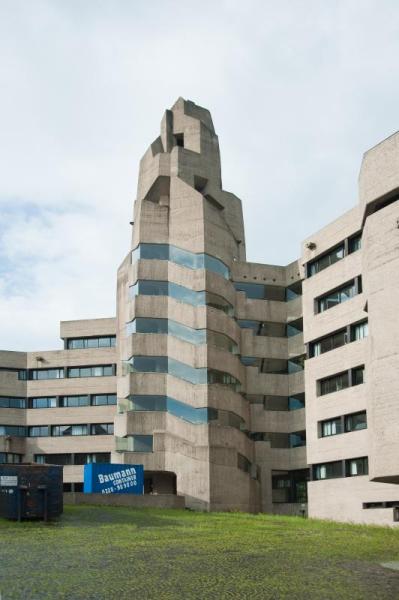
Böhm adds a concrete castle to the historic Bensberger castle. It even features a turret that houses the stairs and an elevator shaft. As in Neviges, the concrete is interpreted here as a rock and “second nature”. It is conceivable that the edifice…

No description yet: Can you help?
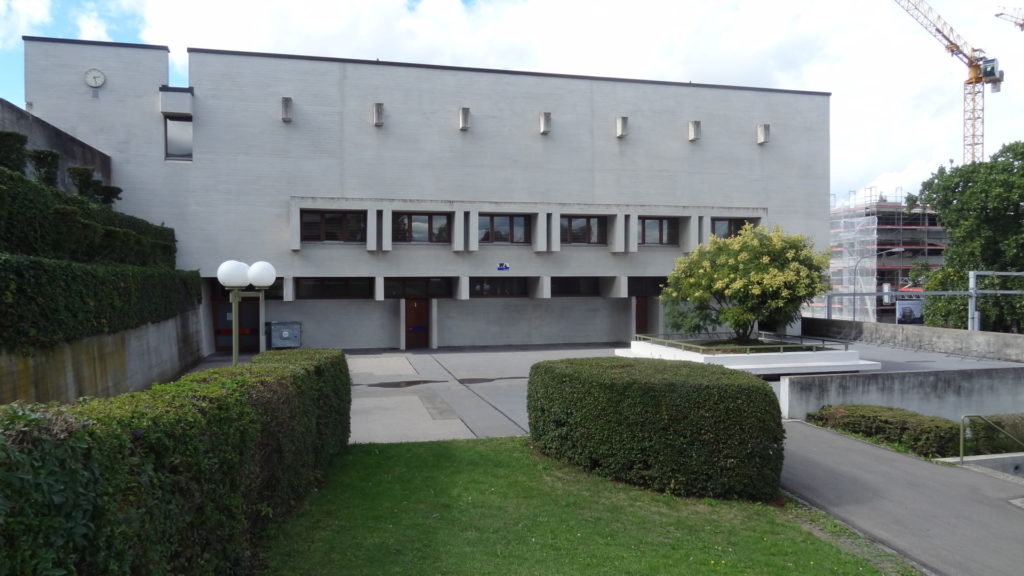
No description yet: Can you help?